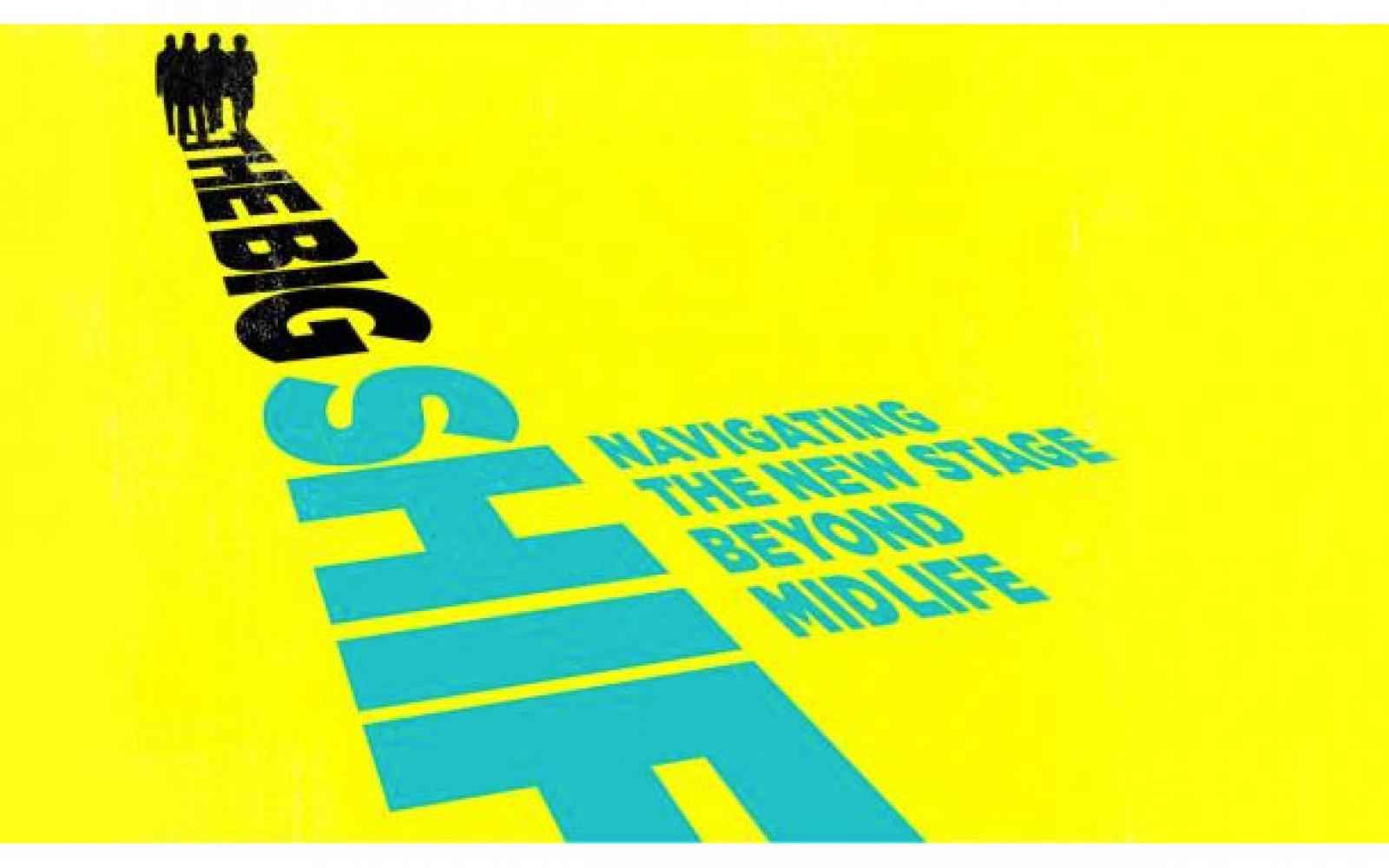Editor's note: The following is adapted from Civic Ventures founder and Ashoka Fellow Marc Freedman's latest book, The Big Shift: Navigating the New Stage Beyond Midlife.
With the first of 78 million baby boomers turning 65 this year, Freedman challenges an aging society to reimagine the decades between midlife and old age as a new stage of life: an "encore" phase characterized by creative purpose, contribution and commitment to a better future.
We need a new map of life.
We’ve been making do with one that was fashioned for an expected longevity of threescore and 10. We shouldn’t knock that legacy. At one time, that constituted progress. But we can’t stuff a 21st century life span into a life course designed for the 20th century – or stretch the old model so that it accommodates a task well beyond its intended capacity. The story starts with the numbers, but it is really about the nature of lives.
In 1900, the life span in the United States was 47. Today, it is approaching 80 (although great disparities persist across class and race). Overall, that’s an increase in 100 years approximating all the gains since the beginning of time. And the length of life may well be growing, headed toward the century mark. Some think the upward rise will be even more precipitous.
Yet while we’ve been remarkably adept at extending lives, our imagination and innovation in remaking the shape of those longer lives have been struggling to keep pace. In the words of anthropologist Mary Catherine Bateson, we’re “living longer and thinking shorter.”
The situation is beginning to fray, especially in the period of life that is emerging between traditional midlife and what used to be occupied by retirement and old age. It’s fair to say that this condition constitutes a long-standing problem, one that existed even before longer lives and changing demographics made it a much bigger one.
It took ingenuity to redesign lives to keep up with changes in longevity and society in mid-20th century America, but we rose to the occasion. We plugged the purpose gap with something called the “golden years,” a stunning innovation that almost overnight turned an arid economic institution, retirement, from an anteroom to the great beyond into a core component of the American dream.
But now, we’re looking at 30-year retirements in the era of the Great Recession. Let’s face it, that is simply not going to work, nor is it desirable. Does it make much sense for society to throw away the most experienced segment of the population when it is a long way from obsolescence?
It’s time for a shift – a shift in thinking and in culture, in social institutions and public policies, a shift from what worked in the past to what can carry us into the future."
I believe that the way to make the most of coming 100-year life spans is not to stretch and strain the contours of a life course set up for a bygone era. That’s like plastic surgery to make a 70-year-old face look like a 40-year-old one – the result is unnatural and the intention wrongheaded. Likewise, the answer to the unsustainability of 30-year retirements is not substituting endless middle age for endless old age, the alternative some are proposing to the much longer life. Middle age, like all good things, eventually must reach an end. No use denying it.
The reality is that the end of middle age is no longer, for most people, attached to the beginning of either retirement or old age. (It’s like the transcontinental railroad, started at both ends, designed to eventually meet. However, the two ends of this project – life – don’t meet anymore.) Individuals left in that lurch, in this unstable space that has no name, no clear beginning and end, no rites or routes of passage, face a contradictory culture, incoherent policies, institutions tailored for a different population, and a society that seems in denial that this period even exists.
The new stage – while deeply personal – is much more than an individual problem. As such, it’s just too hard, the exclusive province of the heroic, lucky or loaded. No glib talk from advice mongers or exhortations from the optimistic will do the trick. What we’re facing is not a solo matter; it's a social imperative, an urgent one that must be solved as the great midlife migration gathers scale and momentum.
We need a call to action for creating an “encore” stage of life characterized by purpose, contribution and commitment, particularly to the well-being of future generations. But inventing a new stage of life won’t happen by itself, easily or automatically, even as the soil becomes more fertile and conditions increasingly ripe. If we act, the new stage could well become a destination, even the new crown of life, and the individuals flooding into it the human-capital solution to much that ails us in this society.
We are in the position to make a monument from what used to be the leftover years, a second chance for people of all stripes to ascend the ladder of contribution and fulfillment, and an opportunity for society to “grow up” along with its population. This amounts to nothing less than changing the pattern of lives, and with it the nature and possibilities of every stage along the way.
It’s time for a shift – a shift in thinking and in culture, in social institutions and public policies, a shift from what worked in the past to what can carry us into the future.
